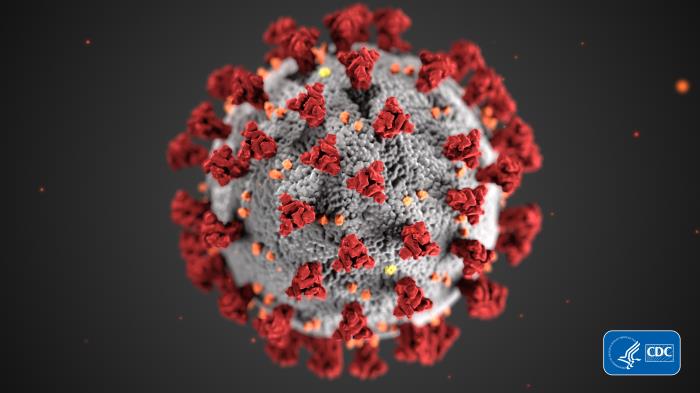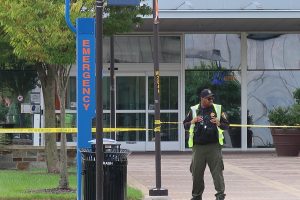University temporarily blocks student travel to China, warns campus of coronavirus
The CDC has confirmed 15 cases in the U.S.
February 20, 2020
The University has temporarily prohibited all school-sponsored student travel to China, according to a statement addressed to the Morgan community.
“If you have recently traveled to Hubei Province/China and are experiencing fever (greater than 100˚F or 37.8˚C), cough, or difficulty breathing, report immediately to the nearest hospital emergency department,” the statement said.
Junior biology major Staisha Ford-Barnett is a student ambassador abroad and a Semester At Sea [SAS] participant, a program that allows students to voyage across the world’s oceans and experience diverse cultures in between course work. She was one of the students directly effected by the university’s ban in response to the coronavirus disease outbreak, first reported late last year.
“I was supposed to go to China, but SAS cancelled it because of the outbreak,” Ford-Barnett said.
The University Health Center is offering coronavirus screenings to returning travelers from China and free flu immunizations to students who have university health insurance.
The first case of the Novel Coronavirus was confirmed in Wuhan City, Hubei Province, China on Dec. 31, 2019, according to the World Health Organization [WHO]. On Jan. 30, WHO declared a global health emergency, but the number of confirmed cases continues to rise in countries across the globe and last week, the organization announced an official name for the disease: COVID-19.
We now have a name for the disease caused by the novel coronavirus: COVID-19.
Having a name matters to prevent the use of other names that can be inaccurate or stigmatizing. #COVID19https://t.co/HTNjm27BHw
— Tedros Adhanom Ghebreyesus (@DrTedros) February 11, 2020
Health officials have reported over 75,000 confirmed cases in Asia and, according to the Centers for Disease Control and Prevention, cases have also been reported in Egypt, Australia, Spain and other countries.
So far, there have been 15 confirmed cases in the U.S. in Texas, California, Arizona, Illinois, Massachusetts, Washington and Wisconsin, according to the CDC.
Even with low U.S. figures, public health organizations are encouraging the public to use preventative health measures and emphasizing basic hygienic practices like washing hands thoroughly with warm water and soap and shielding coughs or sneezes with an elbow or tissue.
The window of visibility for the virus is 2-14 days after exposure.
But since the outbreak has taken place during the peak of flu season and both illnesses carry similar symptoms, health officials are encouraging the public to refrain from making quick assumptions.
“We need to remember that there are a lot of viruses that circulate every year that make many people sick and kill tens of thousands of people in this country,” said Dr. Lisa Maragakis, senior director of infection prevention at The John Hopkins Health System.











